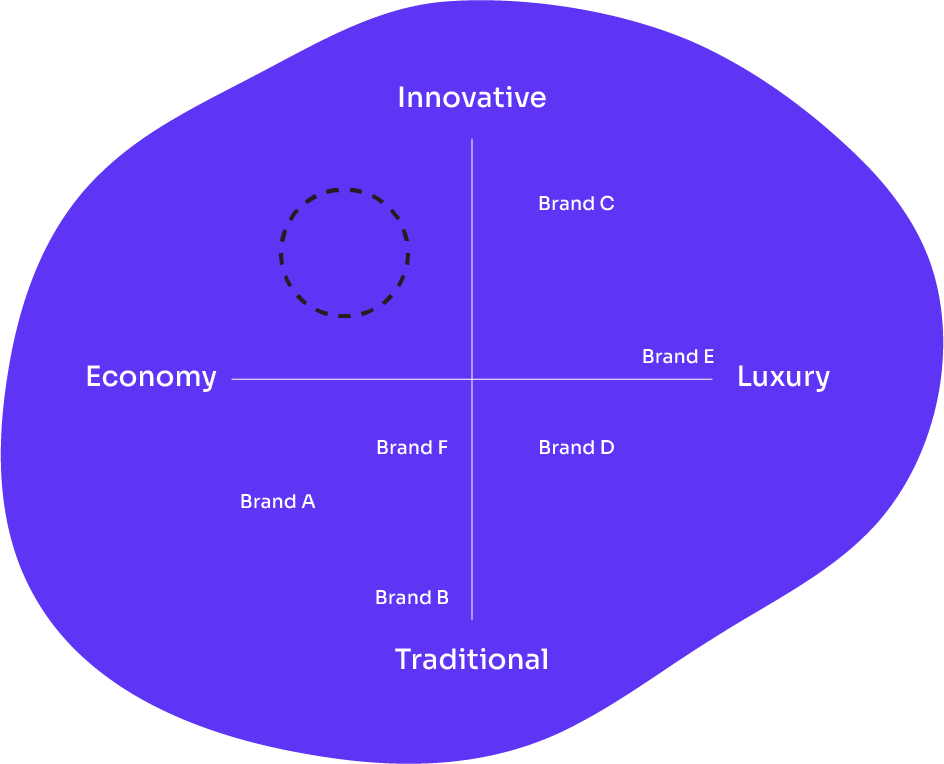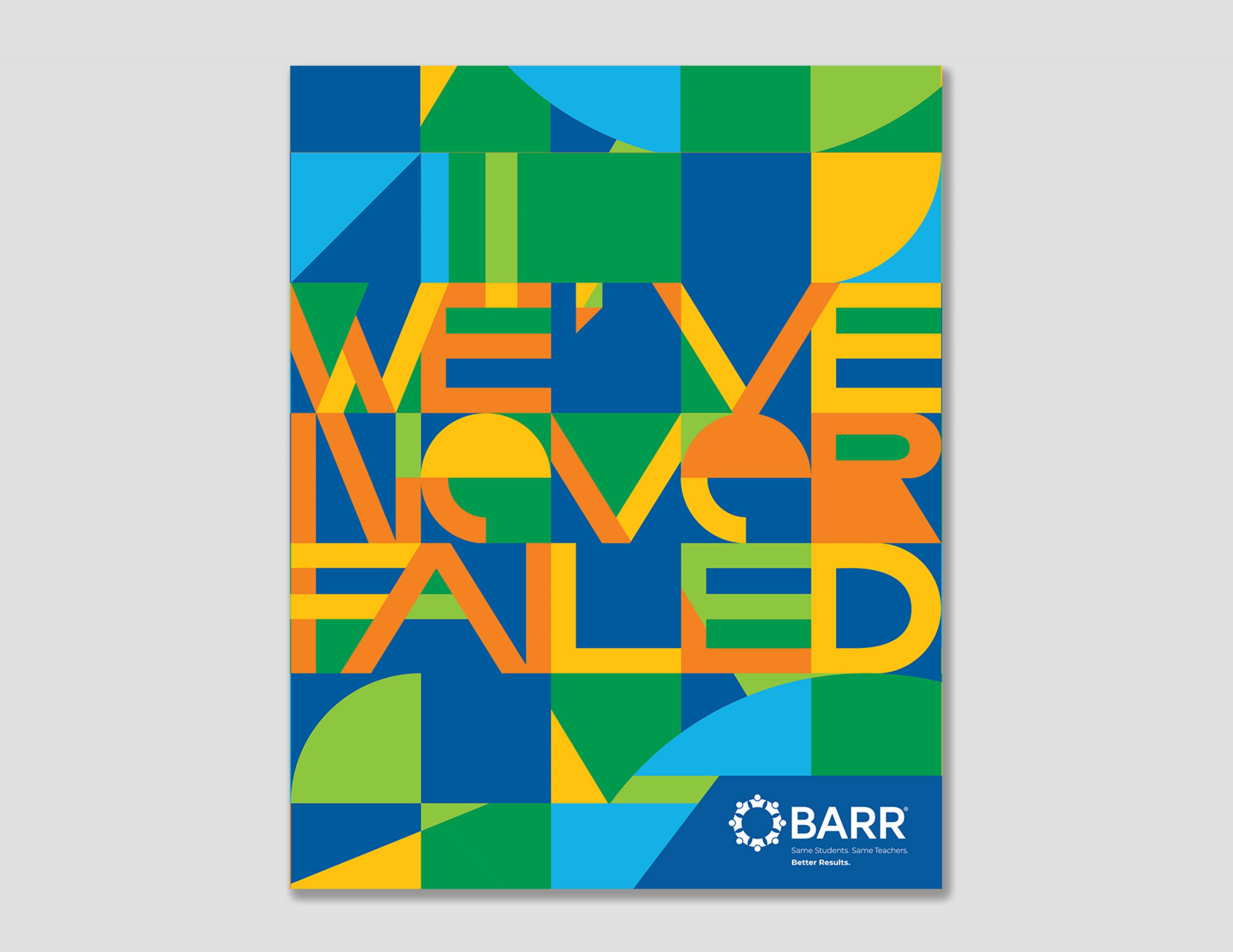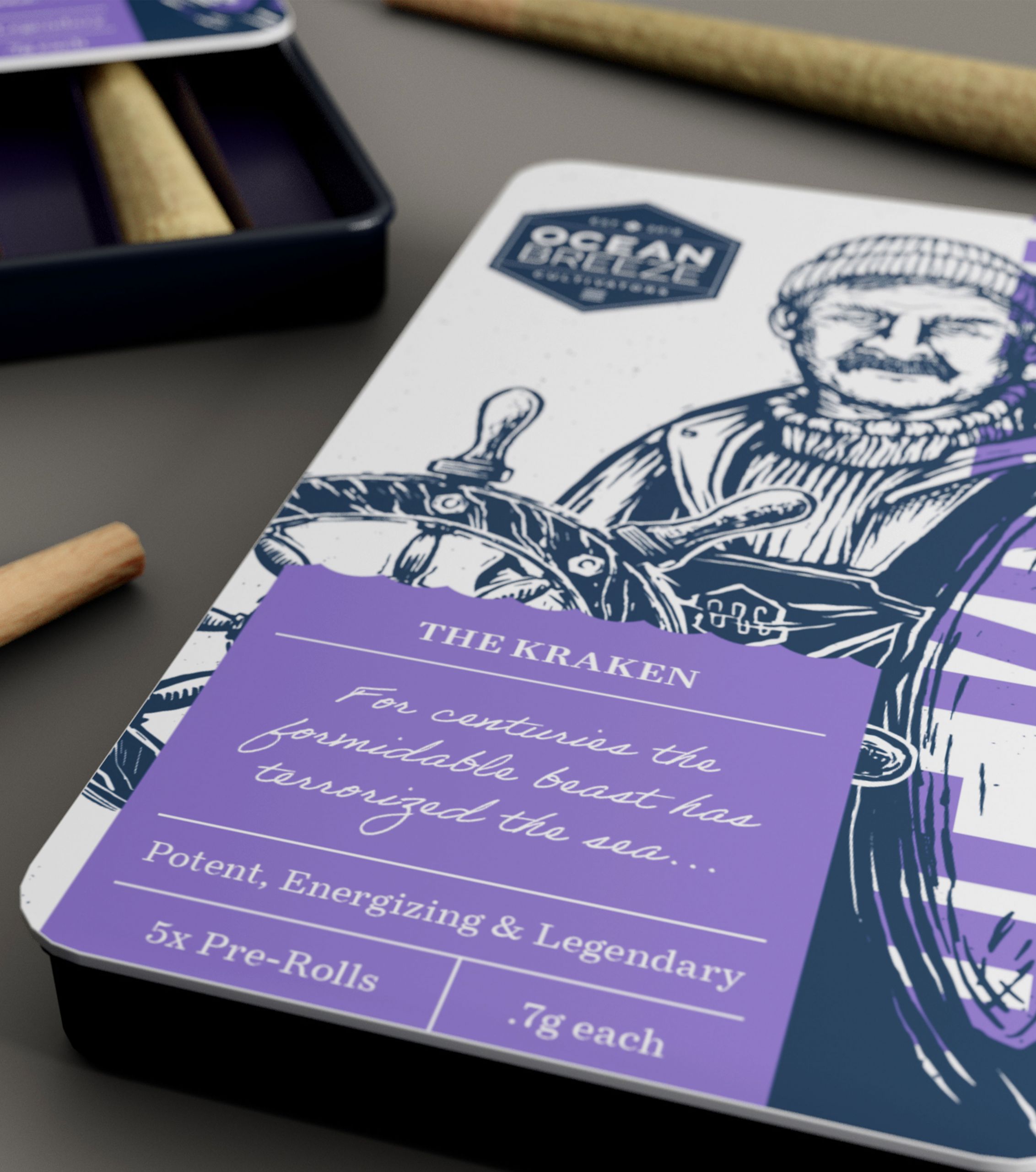How to Craft Your Brand’s Positioning

Tell us about your brand in one sentence. Okay fine, two sentences. What do you offer—more so and better than anyone else out there? Is it a differentiated product, a feeling, a cost savings? Why should we believe you? And if not us, who does need to believe you? With the answers to these questions, you’ve arrived at your brand’s positioning.
If this only prompts more questions, you may first be wondering “why does brand positioning matter?” Put simply, your brand’s positioning is essential to your business’ success. Positioning considers where you fall in the market relative to your competitors, and is thoughtfully articulated to ensure your audiences choose you over their other options. When done well, it can act to align your internal stakeholders and workforce, create efficiencies in sales and marketing efforts, boost brand awareness and sentiment among your audiences, and ultimately, impact business outcomes (be it sales, donations, participation, recruitment, retention, etc.) Sounds great, right?
If only great things came easily…
With market conditions, competitors, and audiences that are ever-changing, how you relate to them can be a moving target. On top of that, it can be challenging to see ourselves how others see us—and brands are no exception. While there is no magic bullet for arriving at something so essential, there are some steps you can take to overcome these challenges and develop a strong brand positioning.
Step 1: Understand Where You Are, Today
Begin by asking questions, and capturing attributes of your brand and business. What adjectives come to mind? What services do you provide? How big is your team? What about your team is different? What do the audiences you work with have in common? If your brand already exists, what products or services do well, in terms of profitability? What type of work doesn’t come as easily? Consider poking around, asking multiple team members, or even your target audiences, to help in this data-gathering phase.
Step 2: Analyze Your Competitors
Make a list of 5-10 businesses in your industry that do a lot of the same things that you do, or that you believe may be perceived in a similar way. Know that competitors can be both realistic (a group that you have lost business to) and aspirational (a group you wish to be like). To get at their positioning, pay close attention to their messaging. Consider tone of voice and visual language, along with word choice and semantics. Take note of any themes you see rise to the top—both within each brand and among the set of competitors as a whole.
Step 3: Identity Your Opportunities
Taking all you learned in Step 2, consider placing your competitors on a perceptual map—a useful visual aid in identifying your opportunities.
To do so, you’ll want to first establish your axes: what are two major themes you saw rise to the top in your audit? What are important categorizations for you to measure your brand by? You’ll create your perceptual map using these two themes or categorizations, placing the highly ranking version of theme 1 on one end, and the low ranking version of that same theme on the other. Do the same with the second theme. Confused? Check out the reference below. You can see that the themes in this case are based around luxury and innovation with brands placed on the map accordingly.

Using a perceptual map to identify your opportunities depends on your goal. For example, if you want to draw market share from a direct competitor, it may be to your advantage to position yourself closely to them. Or perhaps you are interested in claiming an uncharted space (like the upper left quadrant of the example). Use your map as just another tool for crafting your positioning.
Step 4: Craft (and Capture) Your Positioning
The first thing you’ll need is a framework or template to capture your positioning. Frameworks come in different forms—be it a pyramid, a diamond, a table. Ultimately, they force you to start with the single most important message about your brand (your brand promise and positioning statement) and weave it into, or back it up with, everything else (functional and emotional benefits, personality traits, proof points, key messages).
To get started on actually writing this critical (no pressure) statement about your brand, you can work from a 1-2 sentence “formula” such as the following:
“For [target audience], [brand] is the only [product/service/category] that [point of difference] so they can [functional/emotional benefit]. [Reason to believe this is true].”
Step 5: Try It On For Size
Next up, test it out! Run through your pitch a few times, and note whether your audiences are nodding their heads. Reach out to others on LinkedIn or create a couple thought-leadership pieces that reinforce your position. Develop headlines, create social content, and ultimately, see how your audience responds! If all is going well, proceed! If you’re not there yet, go through the steps again and work through some alternate hypotheses.
Step 6: Reinforce, Reinforce, Reinforce
Brands are built through consistency (just think Target and Starbucks!) Hammer home your position time and time again, in everything you do. From hiring to marketing to operations, your position should echo through your business—making it undeniably clear to others who you are and what you stand for.
Step 7: Check In
It is good practice to “check in” on your brand annually (or, continually), however hopefully you find that your brand’s positioning rings true for around 3-5 years. Factors that will heavily influence whether you need a refresher are often external—perhaps the economy or your competitive set has changed. You may be adding products or services, growing or becoming more niche in response. A good time to reassess!
Ultimately, nailing your brand’s positioning is part art, part science. And, we would be remiss if we didn’t mention that we can help. Check out some examples of how we’ve built or activated brands’ positions here.


